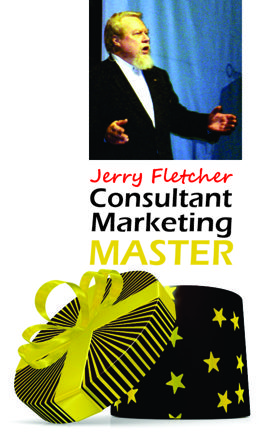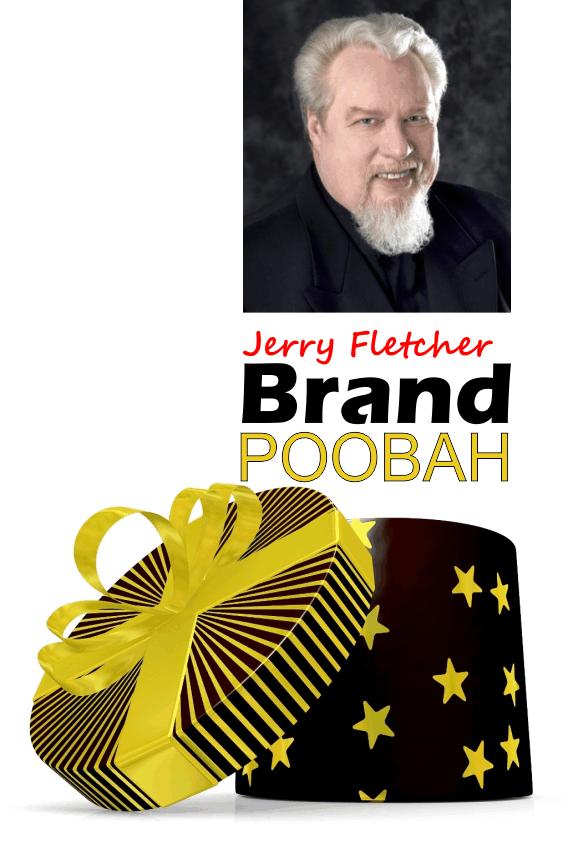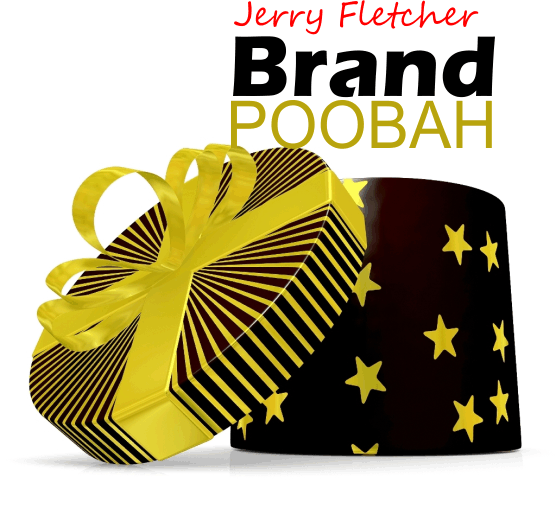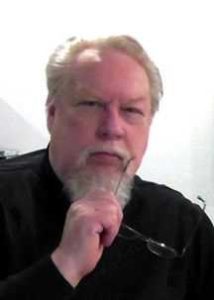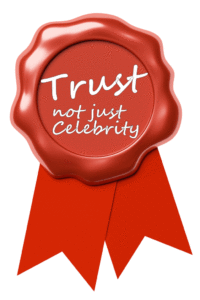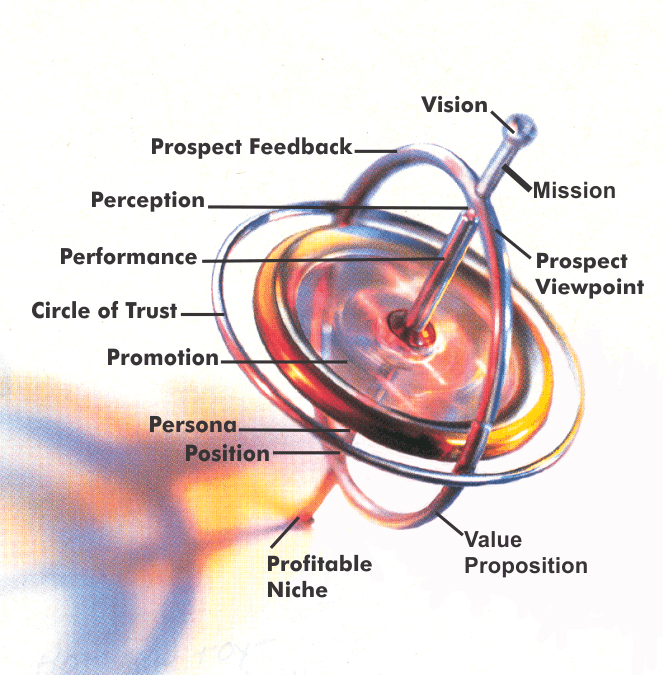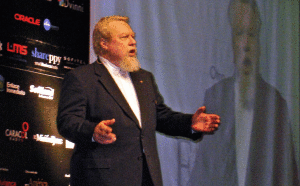
What is your credibility index?
If you are a consultant it is a pretty good bet that you have a profile on Linked In.
How credible does that profile make you to your prospects? Here’s a simple way to evaluate that will take just minutes.
What to consider.
People, I’ve been told, do not give you a lot of time when they come across your information on any page on the internet. The last research I saw said you have 3 seconds to get their attention and brand yourself. Three seconds!
So you have to first stop them and once you’ve done that maintain their interest and provide the information they are looking for. Here’s the short list of considerations:
- Stopping Power
- Maintaining Interest
- Answering their Questions
Let’s take those one at a time.
Stopping Power
If your Linked In profile looks like this you are in trouble:

We live in a visual world. If you want to stop people you need to take advantage of every bit of visual stopping power Linked In offers. The absolute minimum is a headshot. Consider also:
- Using the first panel of your website home page as the background.
- A photo in the background that shows you in action.
- A photo in the background that shows product(s) you are associated with.
- The addition of your company logo to that background
- Your name in that background.
- A positioning line in that background (like a headline)
- Combinations of the above.
Maintaining interest
Why are they searching on Linked In? In all likelihood, someone gave them your name or they came across it looking for an expert in a specific industry or they have heard about a specific skillset you have. You have to speak to their concerns and interests in their terms in order to keep them in your profile.
Your name Start with your name. Use the name you are known by amongst colleagues and people that might refer you. Do not use an initial for your last name. Initials are okay, however, if you regularly use them. If folks call you DJ or JJ or BZ then use that moniker but include your last name.
Your title Since most consultants are independent professionals operating as solos (nearly 70% in our last survey) you can call yourself anything you like. But instead of massaging your ego consider what that prospect is looking for. Do you think they want one of the “normal” titles like President or CEO? Research shows that they want more of a positioning statement that fits with the expertise they are looking for. You have space to use a positioning line, a generic/industry descriptor for what you do and a normal title.
Here’s an example from one of my clients:

Answering Their Questions Whatever brought them to your Linked In profile in the first place will now come front and center. You stopped them with professional looking graphics. You intrigued them with a positioning line that will get them to read further.
There are different approaches prospects take from this point on. Some will read everything on your profile. Others will say, “That’s who I was looking for, How do I get in contact?” As consultants we know the men and women who have the clout to hire us don’t have a lot of time. So why do so many consultants make it so hard to contact them?
There is a reason the words Contact Us are in blue. Unless you’ve been kidnapped and held incommunicado for a decade you know that clicking on that phrase will get you a way to contact the profile owner.
Yes and no. In a random check of that capability I found that 90% of the profiles did not include a telephone number. Many of them had only the Linked In Profile listed. You need to make it as easy as possible to contact you. Prospects want to know how to connect NOW
Here is what Jim includes:
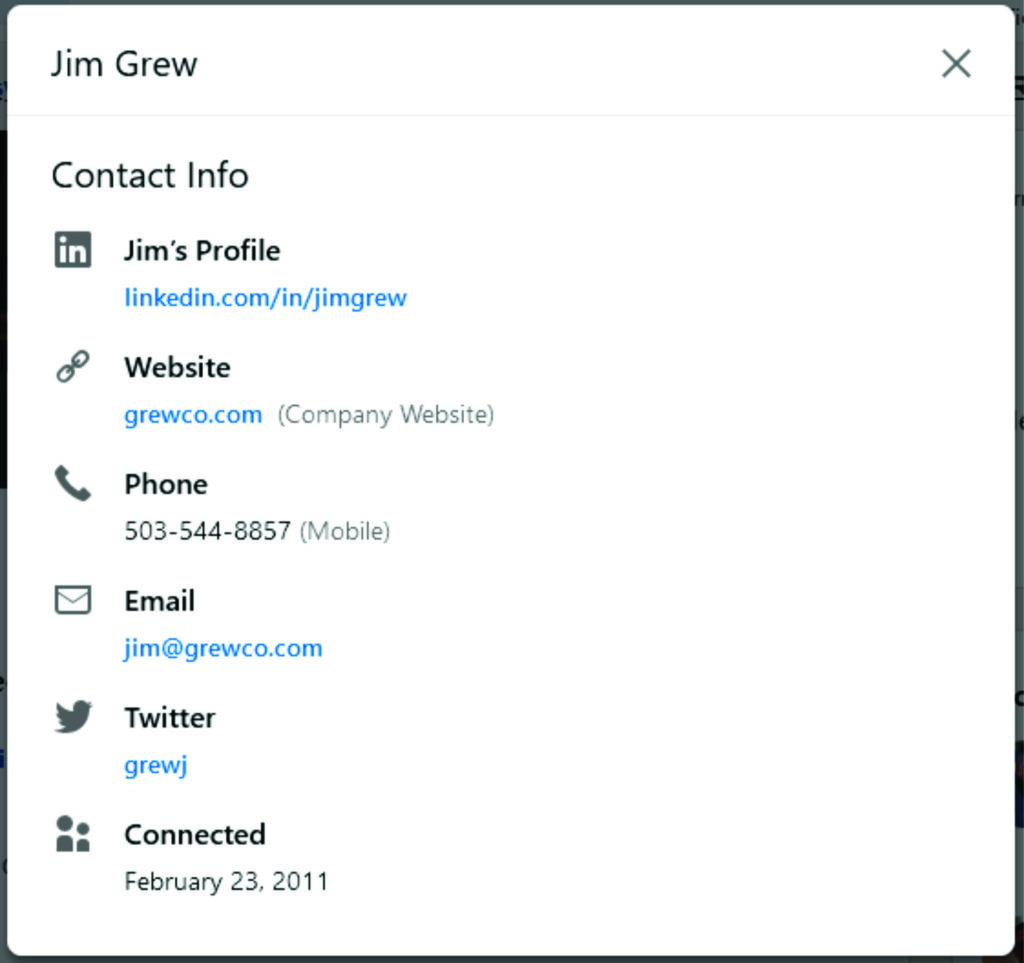
What you say on your profile is important but these three things will make you one of the few that stand out.
And so it goes.
Jerry Fletcher is a sought-after International Speaker, a beBee ambassador, founder and CEO of Z-axis Marketing, Inc. See Jerry’s speaker demo reel.
His consulting practice, founded in 1990, is known for on and off-line Trust-based Consultant Marketing advice that builds businesses, brands and lives of joy.
Credibility to Cash TM is his latest way to share experiences so you can take your business up a notch…or two.
Consulting: https://www.JerryFletcher.com
Speaking: https://www.NetworkingNinja.com



